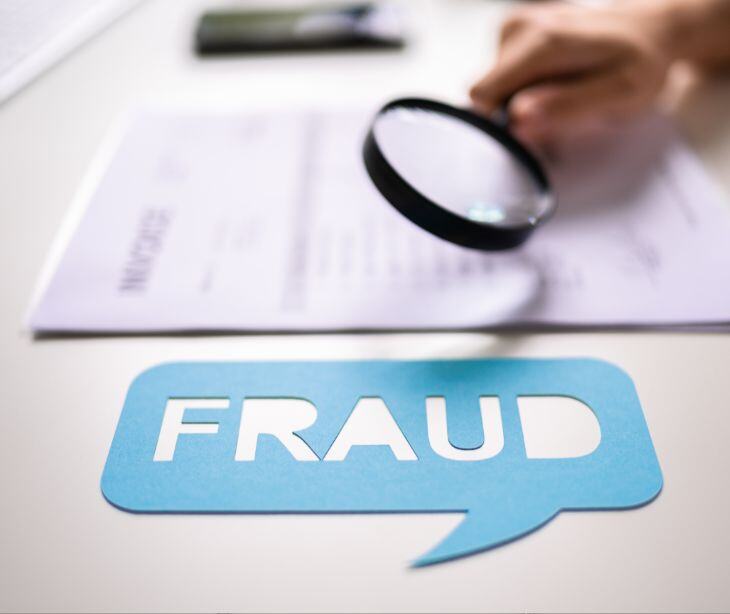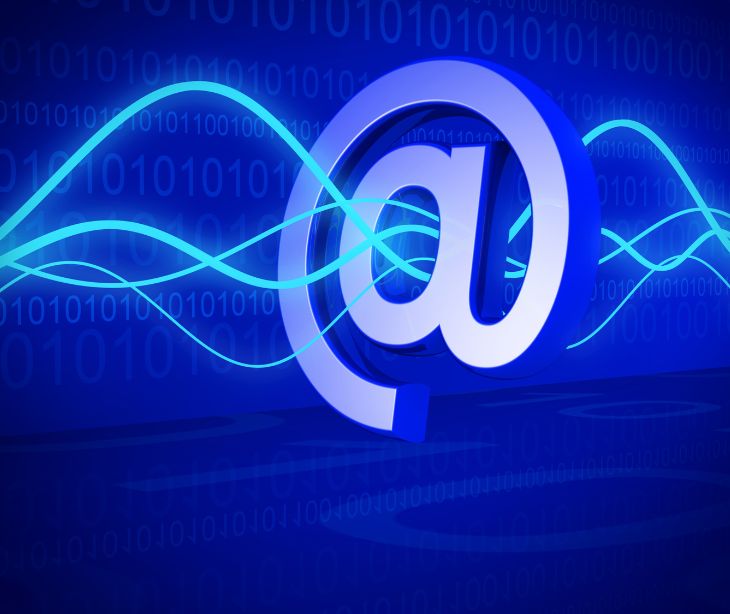
A checksum is a form of digital fingerprint. They bolster data integrity, diminish the risks of errors or tampering, and reinforce compliance with regulatory standards. Healthcare providers can ensure the sanctity and security of the sensitive information they handle by embracing checksums as a part of their data management strategy.
What is a checksum?
A checksum is a unique, computed value derived from a dataset using an algorithmic process. It serves as a digital fingerprint, a concise representation of data that allows for the verification of its integrity.
When data is transmitted or stored, a checksum is calculated from it. Later, upon retrieval or reception, the checksum is recalculated and compared to the original. Any disparity between the two values indicates potential alterations or errors within the data.
How do checksums work?
Checksums employ various algorithms, like cyclic redundancy checks (CRCs) or hash functions, to generate these unique values. CRCs are commonly utilized in network communications, detecting errors during data transmission by appending a checksum to the data. On the other hand, hash functions create fixed-size unique representations of input data, often used to verify file integrity and ensure data remains unaltered.
In healthcare settings, checksums act as a security measure, ensuring the integrity of sensitive patient information. They help detect any accidental or malicious changes made to medical records, prescriptions, or critical data that healthcare providers rely upon.
The importance of checksums in healthcare
Data integrity and security
Healthcare providers deal with extensive data where the slightest alteration or error could lead to critical consequences. Checksums provide an added layer of security by verifying data integrity and minimizing the risks associated with data corruption or unauthorized modifications.
Go deeper: What is data security?
Preventing errors and tampering
Errors in healthcare data can jeopardize patient safety and treatment outcomes. Checksums serve as a reliable mechanism to detect and prevent these errors, ensuring that the information accessed or transmitted by healthcare systems remains accurate and unaltered.
Compliance and regulatory standards
Compliance with healthcare regulations and standards, such as the Health Insurance Portability and Accountability Act (HIPAA), mandates the protection and integrity of patient data. Implementing checksums aligns with these requirements, helping healthcare providers meet stringent security and privacy standards.
Implementation and best practices
Implementing checksums requires integrating appropriate algorithms and processes into healthcare systems. Choosing robust hashing algorithms or CRC methods tailored to the specific data handling procedures is crucial. Regular checks and audits of checksums should also be part of standard operating procedures to ensure ongoing data integrity.
Additionally, educating healthcare staff about the significance of checksums, their role in data security, and the procedures to validate data integrity can fortify healthcare organizations' overall data management practices.
See also: HIPAA Compliant Email: The Definitive Guide
Subscribe to Paubox Weekly
Every Friday we'll bring you the most important news from Paubox. Our aim is to make you smarter, faster.




